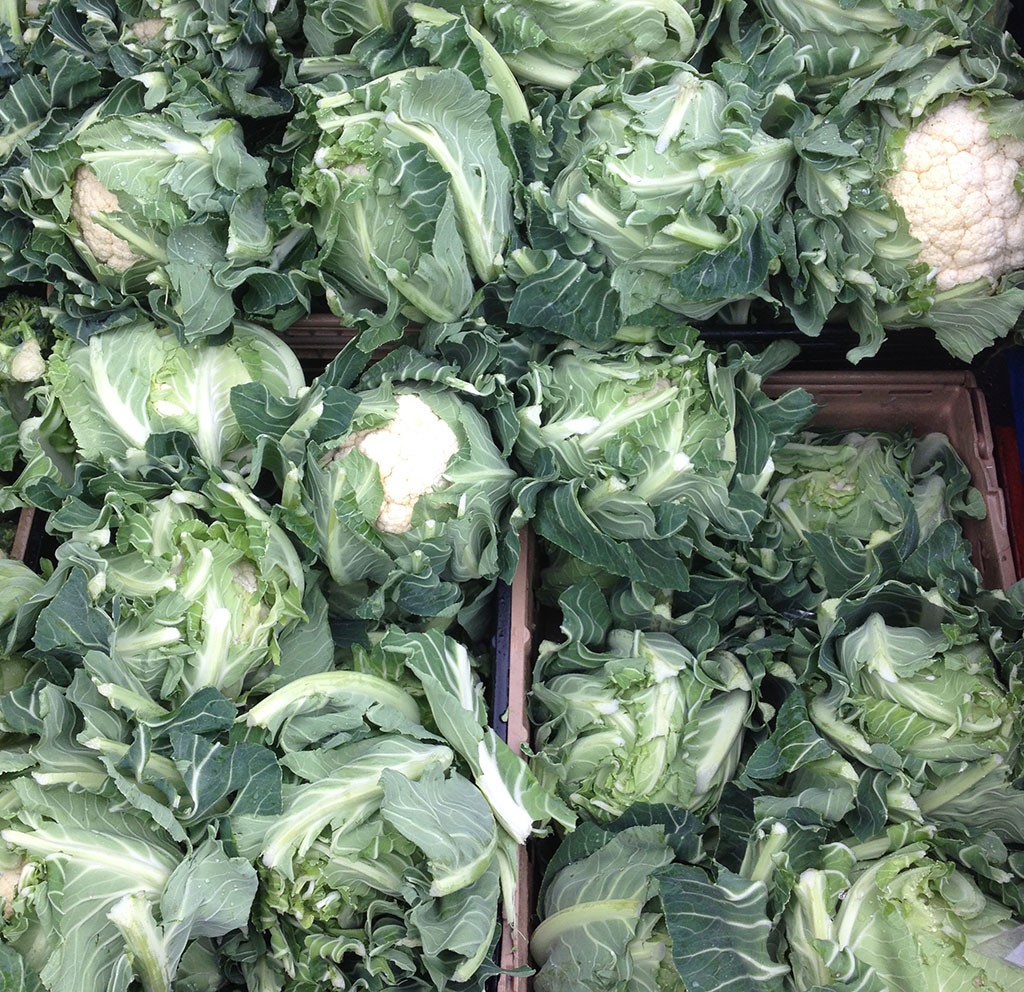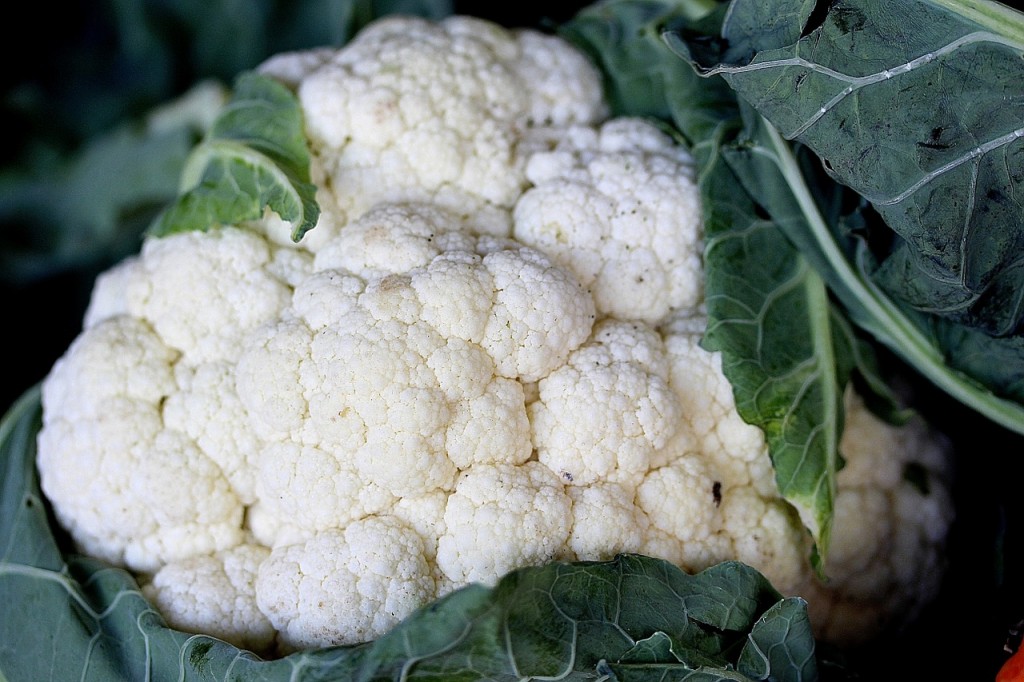This blonde beauty (although you do get purple and green ones) is a member of the Brassica family of vegetables. Often overshadowed by its green cousin broccoli, this vegetable deserves a special mention and also deserves to become a regular in your diet. We have found that it is not only super nutritious, but it is also extremely versatile and makes a great, super healthy alternative to things like rice, mash, pizza bases and fritters – now we can’t go without it.
Because it’s from the Brassica family, it contains organosulfur phytonutrients called glucosinolates which, when broken down by chewing or chopping, becomes a sulfur-rich compound which have been shown to hinder the growth of tumours and kill cancer stem cells. Cauliflower has been found to help with bladder, breast, prostate and ovarian cancer.
Cauliflower is very important to your digestive system as it’s a great source of fibre. Together, the fibre and sulphur compounds in your stomach make a top team that protects your stomach lining from the overgrowth of Helicobacter pylori, a bacteria found in the stomach wall that can can lead to cancer. We think it was this carcinogen (cancer-causing agent) that kicked off Jon’s stomach cancer.
Cauliflower is also packed with other phytonutrients with very important antioxidants, vitamin C, beta-carotene, and quercetin, which all help to protect you from harmful free radicals. Free radicals can cause cell and DNA damage through oxidative stress, which then leads to tissue and organ damage and possibly cancer. Organic cauliflower at our local farmers market
Organic cauliflower at our local farmers market
With its wealth of anti-inflammatory nutrients that support your immune system, and the heaps of vitamins and minerals (vitamin K, protein, thiamin, riboflavin, niacin, magnesium, phosphorus, fibre, vitamin B6, folate, pantothenic acid, potassium, and manganese) in this veg, the health benefits of cauliflower very impressive. Eating cauliflower regularly is a simple way to get these much-needed nutrients into your body. For example, one serving gives you 77% of your daily requirement of vitamin C.
But, like all Brassicas, it’s important not to overcook it as it loses its nutritional value. So, as always, raw or lightly cooked is best.
Here are some recipes that use cauliflower
x
